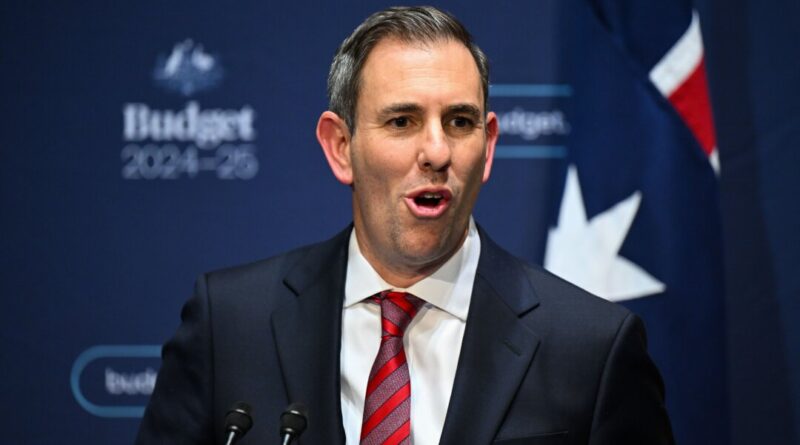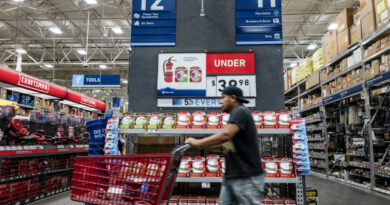Government Commits to Constructing 1.2 Million New Homes by 2024 within Budget Constraints
About $6.2 billion will be allocated to the initiative.
The federal government has announced a budget of $6.2 billion to construct new homes in the 2024-25 fiscal year, aiming to address Australia’s housing shortage.
This budget is part of a larger goal to build 1.2 million homes within five years, which adds to the $32 billion already spent by the Labor government on housing since 2022.
Federal treasurer Jim Chalmers described the government’s plan as “ambitious yet attainable if we all collaborate and contribute.”
Chalmers believes that increased housing supply will lead to lower prices.
During the budget announcement on May 14, Chalmers stated, “The current housing pipeline is clogged. We have already allocated $3.5 billion to address bottlenecks and cut red tape, and this budget includes an additional $1 billion to assist states and territories in accelerating housing construction.”
Renters will find some relief in the budget with $1.9 billion allocated to increase the rate of Commonwealth Rent Assistance for low-income individuals, marking a more than 40 percent rise since May 2022, inclusive of indexation.
Chalmers stated, “Escalating rents contribute significantly to the inflation issue, and we are supporting renters in need of assistance.”
As part of the comprehensive strategy to combat housing shortages and free up homes, universities will have to expand their own student accommodation supply.
The federal government will double its funding for social housing and homelessness services, adding $400 million annually, a sum that states and territories are expected to match.
Efforts are also in progress to increase access to fee-free pre-apprenticeship programs, with $88.8 million earmarked for 20,000 new study positions across various courses.
A joint investment of $4 billion with the Northern Territory government will help alleviate overcrowding issues in remote community housing.
To incentivize the development of “build to rent” housing—new properties specifically designed for long-term rental—the government plans to offer discounts to foreign investors.
High Percentage of Income Allocated to Rent
A survey conducted by InfoChoice in February revealed that 7 out of 10 Australian renters were spending more than 30 percent of their gross income on rent, with over two-thirds having to adjust their lifestyle to afford their rental payments.
The survey, which polled over 1,000 Australian renters, attributed these figures to high interest rates and a severe property shortage.
Data indicated that homelessness was a growing concern for more than half of Australia’s renters, with individuals born between 1946 and 1964 expressing the most anxiety.
An overwhelming majority of respondents in the survey—96.2 percent—believed that the government should take stronger measures to make housing more affordable.
Renters in the survey called for increased public housing, regulations on short-stay rentals by businesses like Airbnb, downsizing by empty nesters, and reduced immigration.





